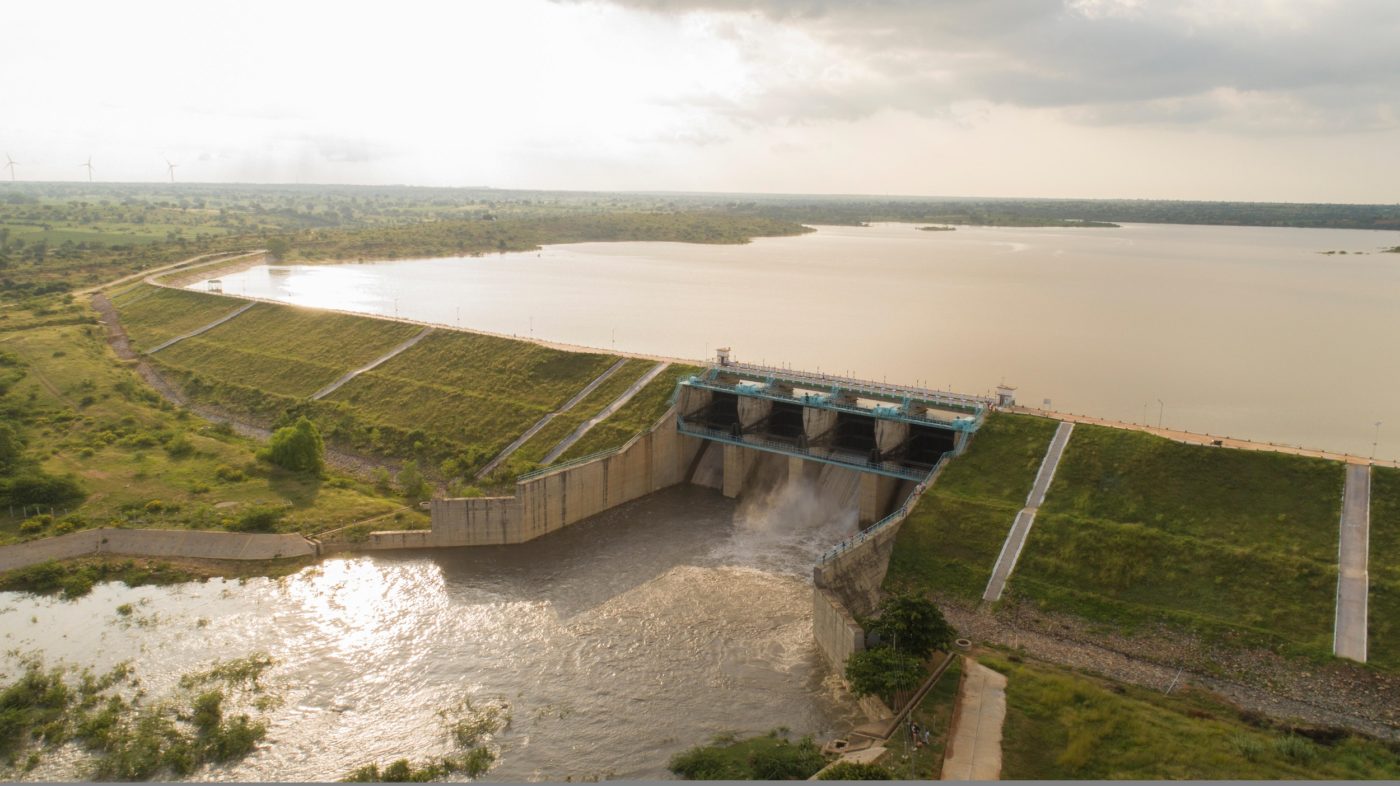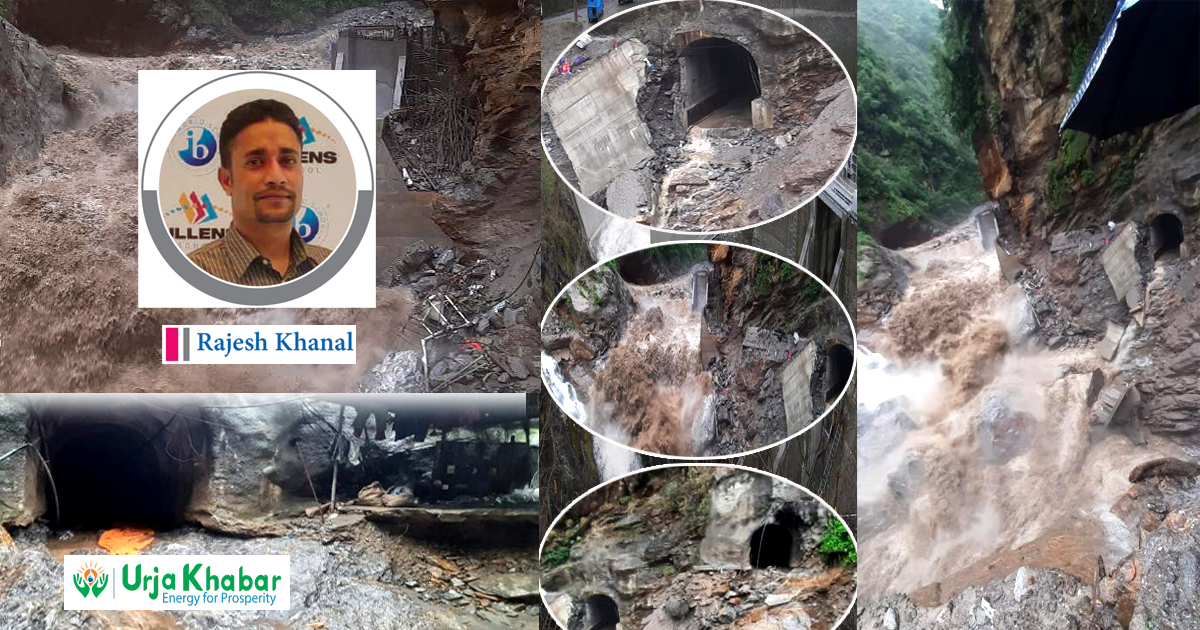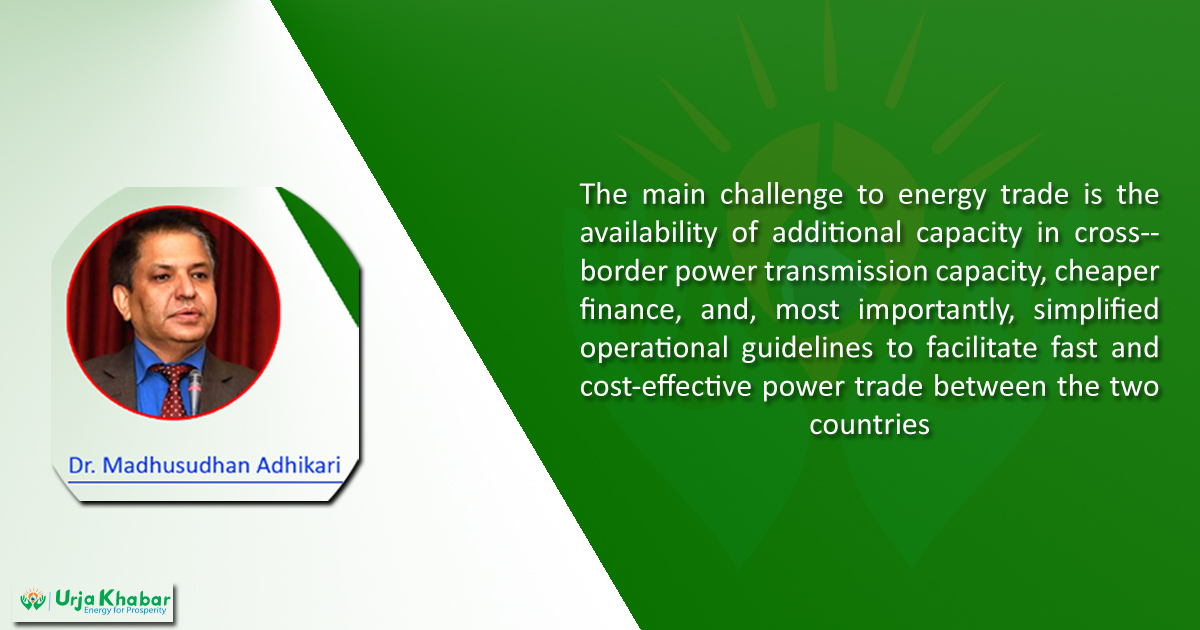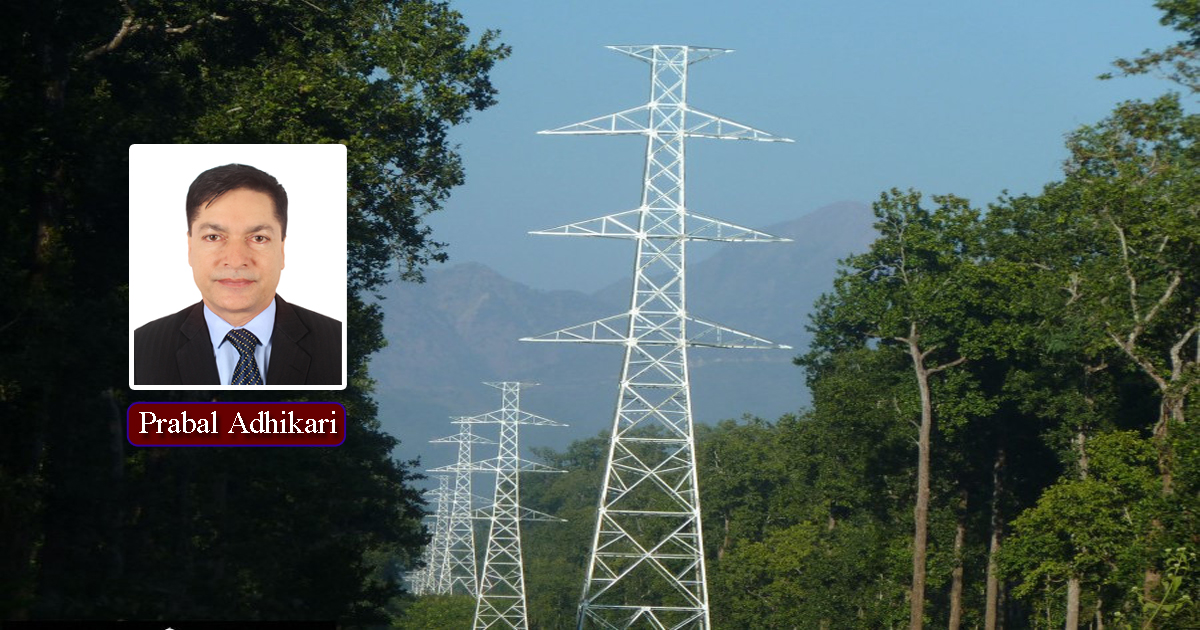Energy Update
Hydropower development in India can and should be sustainable

New Delhi: The Uttarakhand dam disaster is a reminder of the fragility of humanity’s relationship with nature. Turning our back on hydropower may seem like an easy answer, but it would be the wrong response.
Like other Indians, I watched in horror the footage of the recent dam disaster in Chamoli. The deluge of water and ice, sweeping down the Rishi Ganga river, consuming everything in its path. This glacier burst was an all too vivid illustration of the immense power of water and a portend of the potential impacts of climate change.
This incident, which hit two local hydropower projects and claimed dozens of lives, remains a personal tragedy for all the families affected. At this time, it is appropriate that we ask searching questions, and get answers, about the future of hydropower, not only in India but around the world. As we seek clarity, we must ask about the sector’s impact on society and the environment, and the wider challenge we face from climate change.
Critics point to the supposed folly of building dams in Uttarakhand at such high elevation and say we should give up on hydropower and adopt alternative energy sources instead. It may be months before we know what went wrong and whether the owner or local authorities could have reasonably foreseen or prevented the disaster. Giving up on hydropower would, however, unleash greater dangers.
In pure technological terms, hydropower projects are an engineering marvel and generate clean reliable electricity for hundreds of millions of people around the world: for cities, towns and villages, hospitals and schools. Hydropower’s water benefits are less well signposted but just as important: as a source of water for homes and businesses and as a defence against floods or even droughts.
For a demonstration of the value hydropower brings to an electricity grid you do not have to travel far. Less than a year ago, India’s hydropower operators were likened to ‘rock stars’ following the Covid-19 vigil of 5 April 2020 [1]. As millions of households switched their lights off-and-on in a gesture of solidarity, it was the hydropower sector that came to the rescue, ramping down and up by 31 gigawatts in just nine minutes, to prevent a mass blackout.
India overtook Japan in 2019 to become the world’s fifth largest hydropower producer as installed capacity surpassed 50 gigawatts, according to the 2020 Hydropower Status Report published by the International Hydropower Association (IHA) [2]. Investment in hydropower will help the country offset carbon emissions, as well as the air polluting particulates that cause so many premature deaths from lung disease.
Over the past 50 years hydropower globally has helped to avoid more than 100 cumulative gigatonnes of carbon dioxide, exceeding even that avoided by nuclear power [3]. That’s roughly equivalent to the total annual carbon footprint of India today for 40 consecutive years – or the United States for 20 years. In short, without hydropower, the Paris Agreement target to limit the rise in global temperatures to 1.5 degrees would already be out of reach.
Many in the environmental community are sceptical about hydropower due to its impacts on biodiversity. I share much of this concern. Changes to sediment flow and fish migration can be felt hundreds of kilometres downstream. We need to deal with these challenges, whilst not losing sight of an even bigger threat to the environment. A warming planet will have devastating consequences on ecosystems everywhere. All species and habitats, especially human habitats and infrastructure, are at risk.
No energy source is free of negative impacts. Other renewables such as wind and solar power also have environmental costs associated with their relatively short life-cycle, the mining of rare earth materials, harmful land use and dangers to local wildlife. This is no beauty contest however. We simply don’t have the option of excluding any renewable energy from the equation. As the head of the International Energy Agency said recently: “To exclude any clean energy technology, because you don’t like it, is a very luxurious way to look at this challenge.”
But I don’t want to let hydropower off the hook. It is absolutely critical that all energy projects are built and operated responsibly and sustainably. Demonstrating a project’s environmental, social and governance (ESG) credentials is critical to gaining the confidence of local communities, as well as securing the approval of regulators and investors.
While hydropower in Uttarakhand today is deserving of our attention, we should also consider the progress of projects in other parts of India. In Sikkim in August 2019, NHPC Limited’s Teesta-V hydropower station became the first Indian hydropower station to be recognised as an example of international good practice in sustainable development [4]. Independent assessors using a tool called the Hydropower Sustainability Assessment Protocol [5] rated the project as having met or exceeded good practice across all 20 performance criteria. Teesta-V was also the first project globally to be assessed for its resilience to and mitigation of climate change.
An independent assessment of hydropower sustainability not only showcases excellence through a credible and transparent process, it also provides a valuable opportunity to identify potential failings during a project’s design, construction or operation phases. It looks at vulnerability to climate change and adaption measures. This allows owners and operators to address issues before they become serious problems. To be clear, these assessments do not offer protection against future events – Teesta-V itself was temporarily damaged by a landslide only last year – but the process does provide assurance against complacency.
As we look to the future of energy development in India and across the world, we must ask not just whether we develop hydropower, but how we develop it.
In the coming months, we will be launching a new Hydropower Sustainability Standard [6], a certification scheme for the sector. Building on our existing tools, the standard will incentivise and recognise hydropower projects for their ESG performance and climate change performance. This will set minimum expectations for the sector globally, including in India, as well as guiding best practice. New and existing hydropower stations of any size and at any development stage will be eligible to apply for certification under the new rating system, leading the way to green investments.
Hydropower is a necessary choice for the nation’s clean energy transition and the global changing climate. The technology has already improved the lives of ordinary people and holds the promise of protecting the future for generations to come. But hydropower’s own future depends on developers and operators retaining the confidence of the people. If project proponents follow the Hydropower Sustainability Standard, they will be taking an important step towards demonstrating hydropower’s sustainability for the local environment too.
[This piece was authored by Ashok Khosla, an environment and sustainable development expert. He is the founder of Development Alternatives, a social enterprise on sustainable development. He is also the Chair of the Hydropower Sustainability Assessment Council. Khosla was previously an advisor to the Brundtland Commission, chair of the NGO Forum at the Rio Summit, and is a former President of the International Union for Conservation of Nature (IUCN).]


Conversation
- Info. Dept. Reg. No. : 254/073/74
- Telephone : +977-1-5321303
- Email : [email protected]














